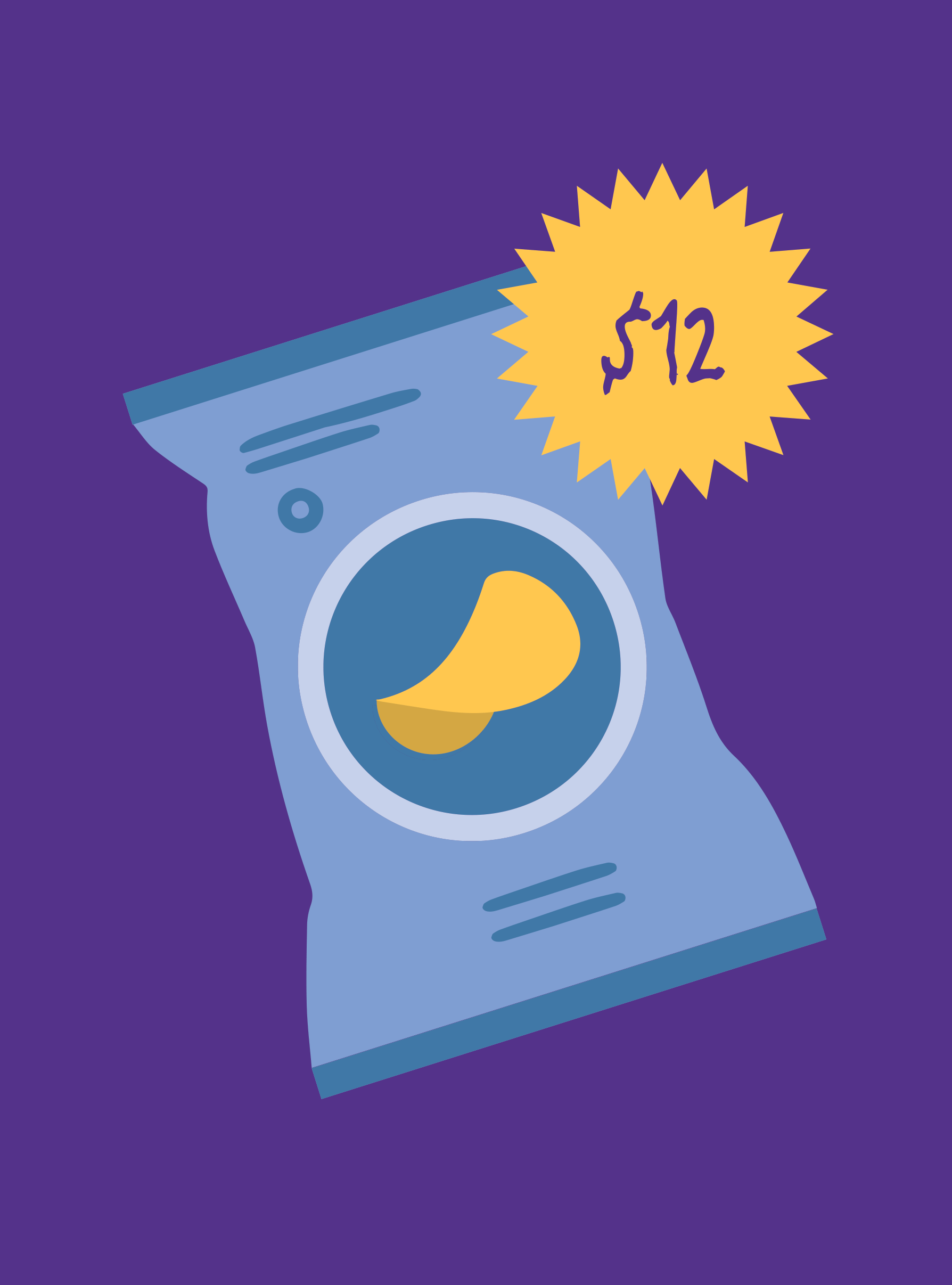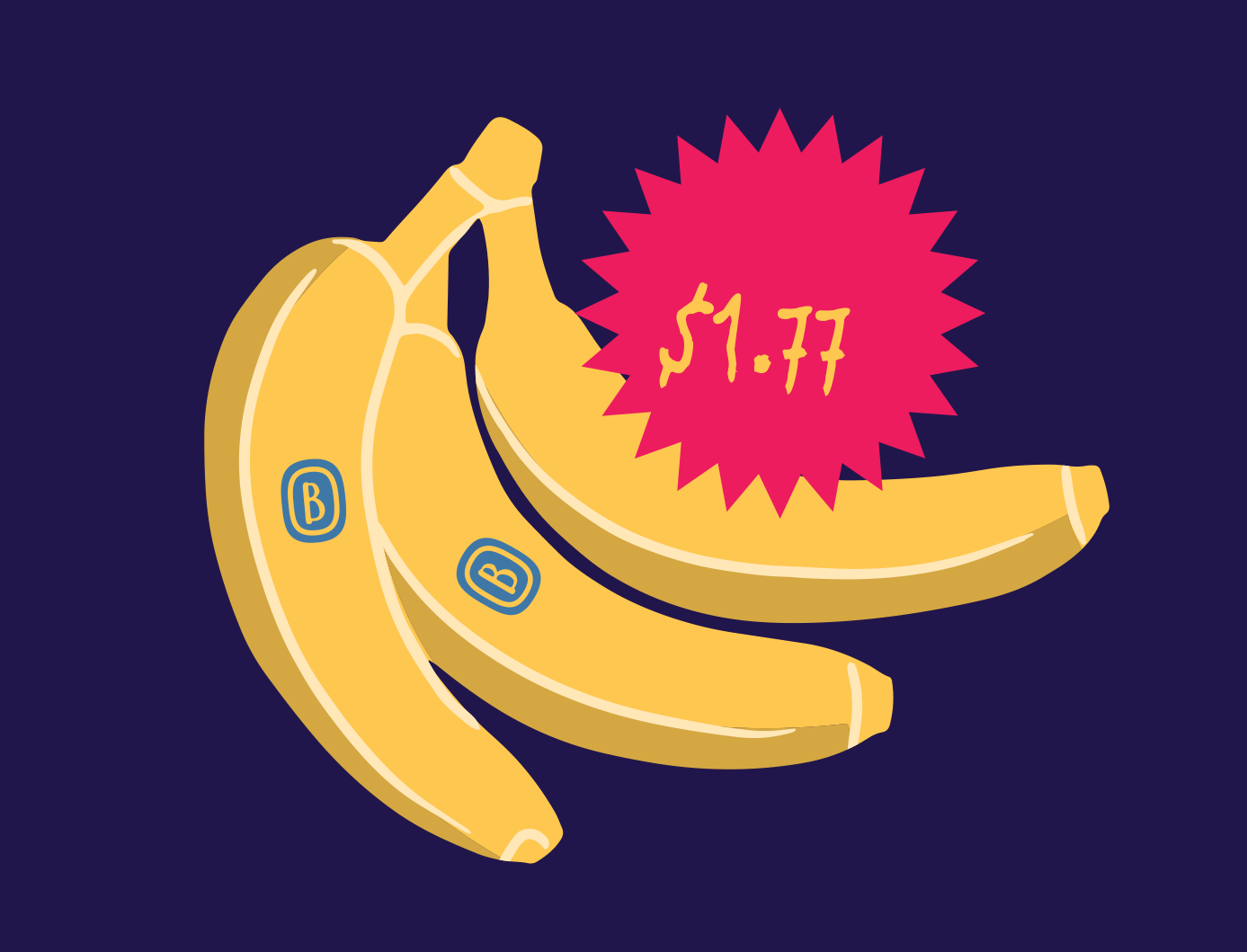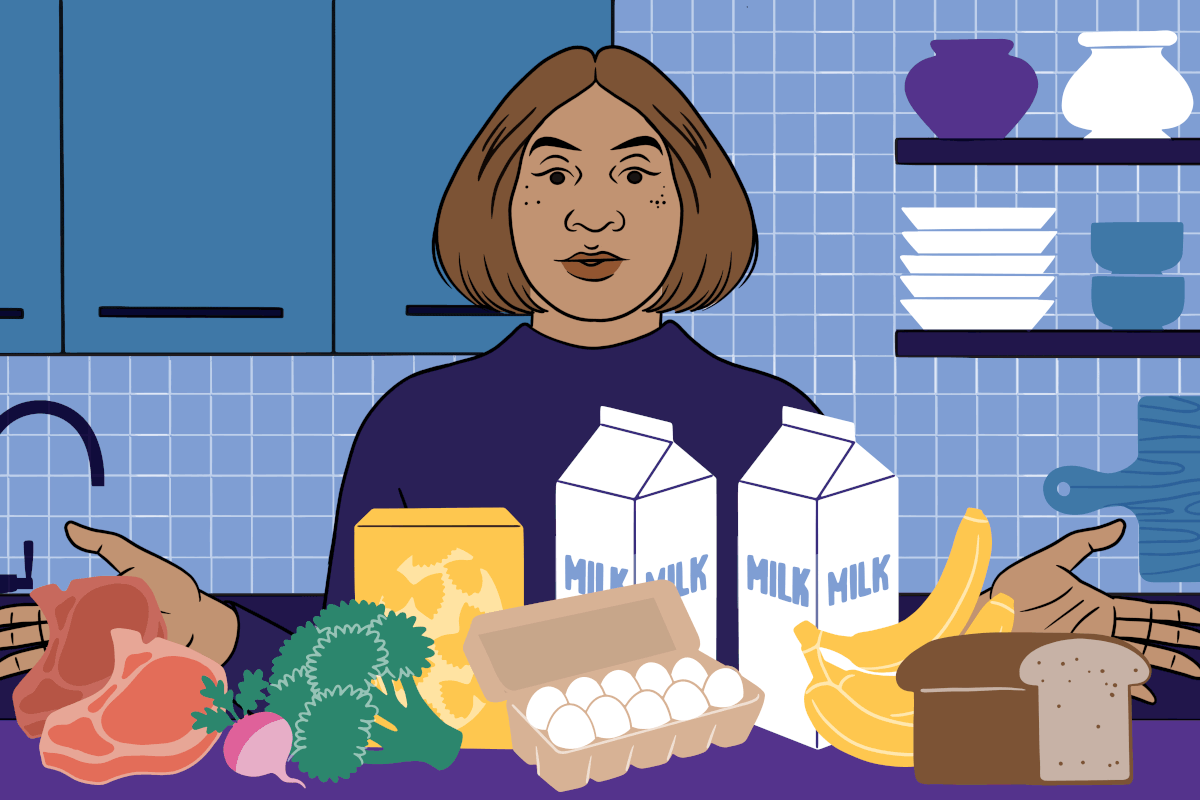The price sticker startled Tammy Ferrell. She looked at the variety pack of FritoLay chips again and again. Her forehead wrinkled. Surely, she must have misunderstood — the chips used to be $12, but the sticker read $17.
Around her, everything else had new stickers, too — the dairy, the produce, the meat. She left Costco without the turkey wings her family loved, without meat at all. She thought of how she would explain it to her grandsons.
As the weeks went on and prices continued to rise, Ferrell’s family began eating noodles instead of meat. They stretched what was in their pantry, walking to the store instead of driving to avoid paying skyrocketing gas prices. It was turning into a nightmare, she said.
Ferrell is raising her four grandkids between the ages of 6 and 13 by herself. Keeping a stable job while caring for them is difficult — she’s lost jobs because she has taken time off to care for the kids. They have no wiggle room financially. When they’ve been short on food in the past couple of months, it’s Ferrell who goes hungry. “I’m the one who lacks, no matter what — I’m the one who lacks,” said Ferrell, 60. “Inflation has really killed me.”
When inflation hits the grocery store, it’s women who feel the blow. And it’s women who have less room to adjust.
In March, prices ballooned 8.5 percent over the previous year, with the steepest hikes on gas, shelter and food. In a regular year, single women spend as much as 30 percent more than single men on most grocery items — the same items that are among those with the highest inflation increase, according to a 19th analysis of Bureau of Labor Statistics data. (BLS analyzes expenditures for single men and women only.)
It’s still women who are more likely to walk the grocery aisles to pick up food for themselves or their families and more likely to spend more on meals at home, which overall are up 10 percent with inflation. Men typically spend more on takeout or dining out, where prices are up 7 percent.

In March, prices on fats and oils were up 15 percent from a year prior, flour was up 14 percent and milk was up 13 percent. Eggs, fish and seafood rose 11 percent. Cereal and processed fruits and vegetables have increased in price by 10 percent, bakery products were up 9 percent, sweets were up 8 percent and dairy products rose 7 percent. Baby food is up 11 percent from March 2021. All of those are products that women are more likely to pick off a shelf.
Single men tend to spend more on beef (up 16 percent with inflation), pork (up 15 percent), chicken (up 13 percent) and alcohol (up 4 percent).
Women, who are the majority of the low-wage workforce, the majority of caregivers and bear the brunt of student loans and higher health costs, are less likely to have choices when food costs increase, said Kathryn Anne Edwards, an economist with the RAND corporation. Some men can cut back on their takeout, or they can opt for a cheaper item at the grocery store — maybe they’ll choose a less expensive cut of meat, switch to chicken or skip the free-range eggs. They can absorb the rise in inflation because they have somewhere to turn.
But if you’re already buying the cheapest carton of eggs, you can’t absorb a price hike. That’s when people start cutting back and skipping meals.
“It’s these little things that really add up that when you open up the refrigerator door at the grocery store and you’re looking at the egg cartons, we know women are reaching lower than men on average,” Edwards said.
Ferrell, like many women in the past several months, has turned to her local food pantry to get items like produce and nonperishables. The Food Bank of Central & Eastern North Carolina, which partners with Ferrell’s local pantry in Durham, said there are 39 percent more people visiting their pantries this year than there were before the pandemic. About 60 percent of those they typically serve are women.
At Midwest Food Bank, one of the nation’s largest banks serving eight states, even getting food delivered has become a problem, making it more difficult to serve an uptick in clients, most of them women. Costs of trucking contracts have gone up two to three times this year, said Jada Hoerr, the chief resource officer at the bank.
“We are just now starting to see agencies saying, ‘I can’t make the drive, it’s not worth the cost of the fuel for the van or the trailer,’” Hoerr said.
Propel, creators of the Providers app that helps recipients of Supplemental Nutrition Assistance Program (SNAP) — or food stamps — check and access their benefits, found that every measure of food insecurity, or a lack of consistent access to enough food, was up by the start of the year. A January survey found that about 30 percent of users, most of whom are women, reported skipping meals and 21 percent visited food pantries. Both measures were up 8 percentage points from the previous month (Propel began asking survey participants about inflation in December).
Across the globe, food inflation has deepened the food insecurity that was already prevalent during the pandemic. It’s caused people to cut into savings, said Emily Janoch, the senior director of learning at CARE, an international organization that fights poverty and hunger among women and girls. Men are more likely to report eating less preferred meals as a result, but “Women are starting to say, ‘Yeah, I’m skipping meals,’” Janoch said.
“By the time we are on the conversation about how inflation in groceries is impacting people's ability to eat, we're already pretty close to the edge,” Janoch said. “That means people have burned through a whole set of reserves, because food is one of the very last things you give up. That means people are really at risk and it's a very urgent problem.”
Those costs are on top of other basic needs that are also going up: Low-income people are more likely to be spending a larger portion of their income on the items with the highest inflation — housing, groceries and utilities. According to a Washington Post analysis of BLS data, the lowest earners outspend the highest earners as a share of their total earnings in those three categories.
“When you look at your wages and take out housing costs, then you have very little money leftover for food. The food inflation has to be taken into context,” said Joel Berg, the CEO of Hunger Free America, a nonprofit working to end hunger in the United States.
Part of that context is understanding that women, despite major gains in the workforce, are still overrepresented in fields that serve food — they’re 70 percent of servers and 60 percent of food preparation workers — yet they often are the ones who can’t necessarily buy that food. At home, they face persisting societal norms around who buys and prepares food. That means hunger and poverty are issues that hit women harder, Berg said. About 75 percent of callers in 2021 to the nonprofit’s National Hunger Hotline, which it operates on behalf of the United States Department of Agriculture, were women.
Gender wage gaps worsen the disparity when inflation pushes prices up. On average, women earn 83 cents for every $1 earned by White men, and women of color earn even less: By comparison, Black women earn 58 cents, Native American women earn 50 cents and Latinas earn 49 cents. They are also often responsible for entire families. About 80 percent of single parent households are headed by women, and 60 percent of those parents are earning less than $15 an hour.

“Closing things like the gender pay gap … would mean that instances of inflation, however temporary they are, wouldn't have such adverse implications on individuals,” said Rose Khattar, the associate director of rapid response and analysis at the Center for American Progress, a liberal think tank.
For Ferrell, who is returning to work in the next few weeks, inflation is at the center of a complicated balancing act. She recently got a job working in social services outside of Durham, but the drive is an hour and 30 minutes round trip each day. The boys will have to take the bus to school, a decision she’s been putting off because she heard other kids tend to get into fights on the bus.
“I’m supposed to be taking them to school,” she said. “They’re going to have to take the bus — I can’t afford it. I have to choose my battles.”
She lives in subsidized housing and receives about $720 a month from SNAP for the five of them, but “it’s still not enough,” she said. Already she was late on rent in February because the increased prices drove up her credit card bill. She chose to pay that off, instead.
The burden is a reflection of the pressure she faces as a Black woman. Women of color are at the intersection of the most significant impacts from inflation. They are far more likely to be low wage — in 23 states, including North Carolina, 60 percent or more of all women of color are earning less than $15 an hour. And Black women are the most likely of any group to be the primary breadwinner in their families.
In Ferrell’s neighborhood, she is the go-to person for help when people need to get food at a pantry or help with issues in their rental units. All around her, inflation is hurting those who are most vulnerable. But it’s hurting her, too.
“Everyone thinks I’m like the Rock of Gibraltar — I can sustain everything, nothing happens to me — that is just not that way for me. They don't see my weaknesses because I don't show them,” she said. “But when I close my doors it’s a totally different thing.”
Rising prices also come as government assistance to help curb food insecurity during the pandemic has largely expired — or will soon.
Inflation has already outpaced the increase in aid. The SNAP program, for example, which is affected by inflation because the benefit is set based on the cost of items, counts women as 55 percent of its users, according to a USAFacts analysis of census data. Between 2019 and 2021, the average benefit rose 107 percent, from $121 per person in 2019 to $251 by October 2021, when the base SNAP benefits were raised. Most households saw an increase of $12 to $16 per month.
But even those increases have not kept up with inflation. The program that is used to set the SNAP benefit, known as the Thrifty Food Plan, is indexed every June, setting the maximum SNAP benefit for the following fiscal year. SNAP users now are getting benefits that were indexed to what prices were in June 2021.
In that time, inflation has grown from 5.4 percent to 8.5 percent, yet the SNAP benefit won’t be readjusted until this summer.
And benefits added during the pandemic will end when the health emergency declaration ends, currently slated for Saturday. The average benefit will drop to $169, with households losing $82 a month on average.
“A mom with two kids in a SNAP household — that's gonna be a big shock,” said Ellen Vollinger, SNAP director at the Food Research and Action Center, a nonprofit focused on food and hunger policy. “Food insecurity really could have been much, much worse during the pandemic, but for some of the relief that Congress put in place, including the SNAP benefit boosts. But when that goes away, it's not as if these families are all so greatly situated.”
The loss of other pandemic-related benefits, including enhanced federal unemployment benefits that ended in September and child tax credit payments that ended in December, have come at the same time as the inflation spike.
Monthly payments of up to $300 for families in the enhanced child tax credit helped cover some of those inflation costs. According to survey data from the U.S. Census Bureau, parents were most likely to spend the credit on food. Food insufficiency, a more severe form of food insecurity that measures whether a family has enough to eat, dropped by 24 percent when the credit was expanded, according to a study by the Columbia Center on Poverty and Social Policy.
A survey of SNAP users by Propel found that since December, the share of women reporting that basic food costs are up over a year ago has been ticking up: 85 percent of women users reported costs were up in a Propel survey that month, followed by 86 percent in January, 87 percent in February and 88 percent in March.

As aid for families most in need starts to dry up, people like Shanell Walkine, a mother of two young children in Florida, wonder how much more they’ll be able to cut. Walkine was laid off from a front desk job at a nursing facility early in 2020. She started working as an Amazon delivery driver in August 2020 to help keep the family going, and qualified for SNAP for the first time.
Then inflation started to hit all the items on her grocery list. Packs of chicken breasts that were once $10 are as high as $20 now. Rice is up, the kids’ juice, their milk, their snacks. When her son interrupted her list, asking for water, she added, “Even the water went up!”
Before, she’d try to go to Walmart or even Walgreens to try to find cheaper items, but with the price of gas over $4 a gallon on average across the country, even that is not worth it. When their rent shot up from $900 to $1,400 a month in July, she just sat and cried, she said.
Now, when she prepares the grocery list for shopping, the kids’ items go on top and the ones for her and her husband go last.
“I don't need anything,” Walkine said. “If they need something, I would give it to them before I would do it for myself.”







